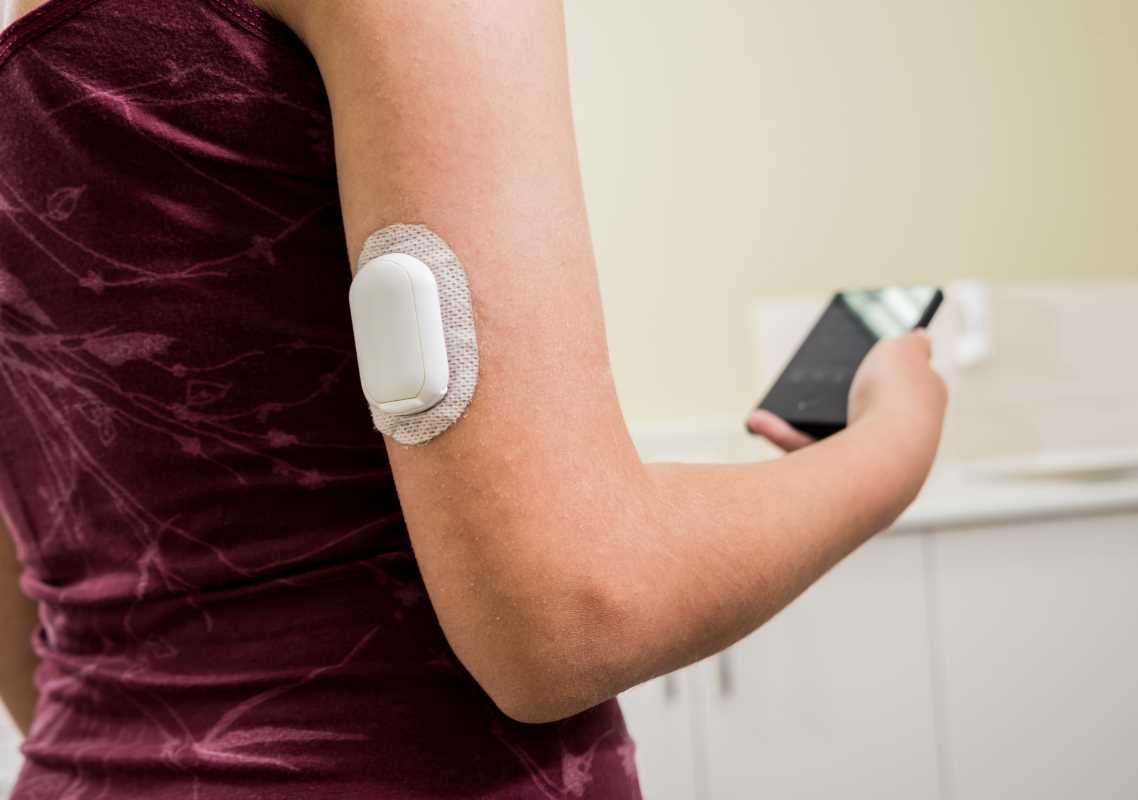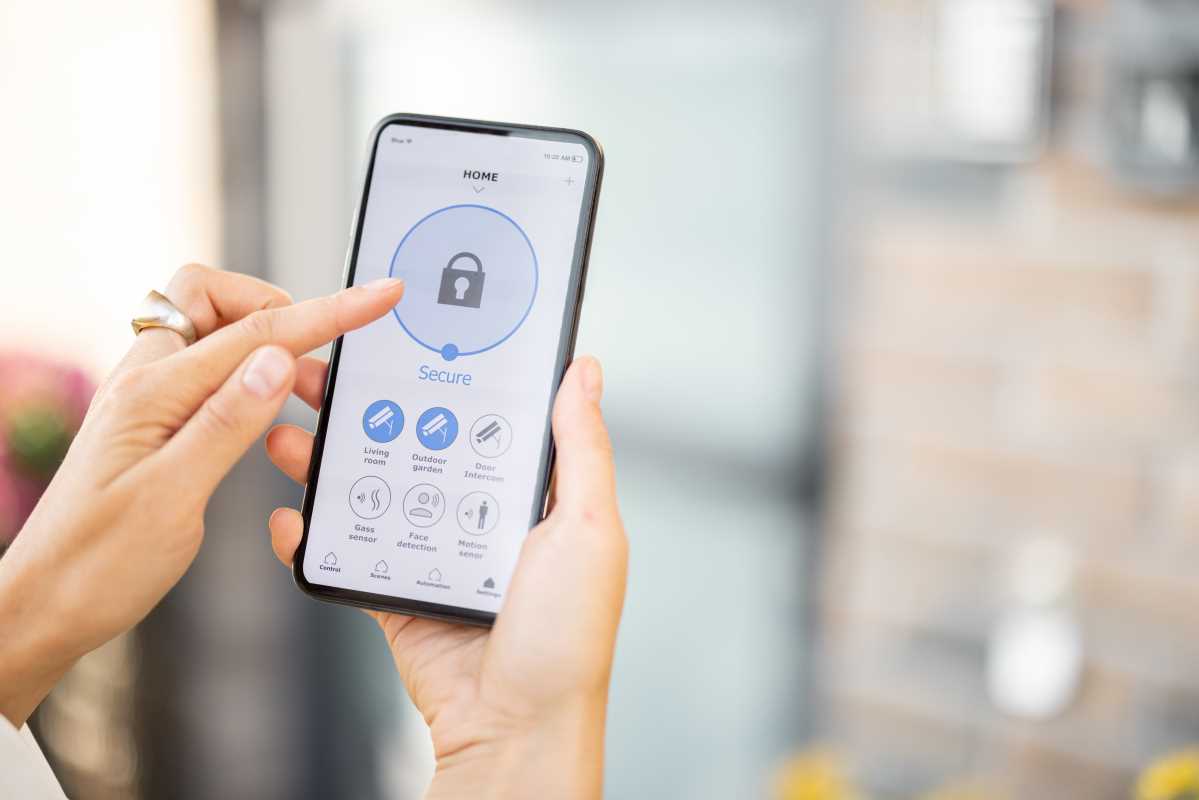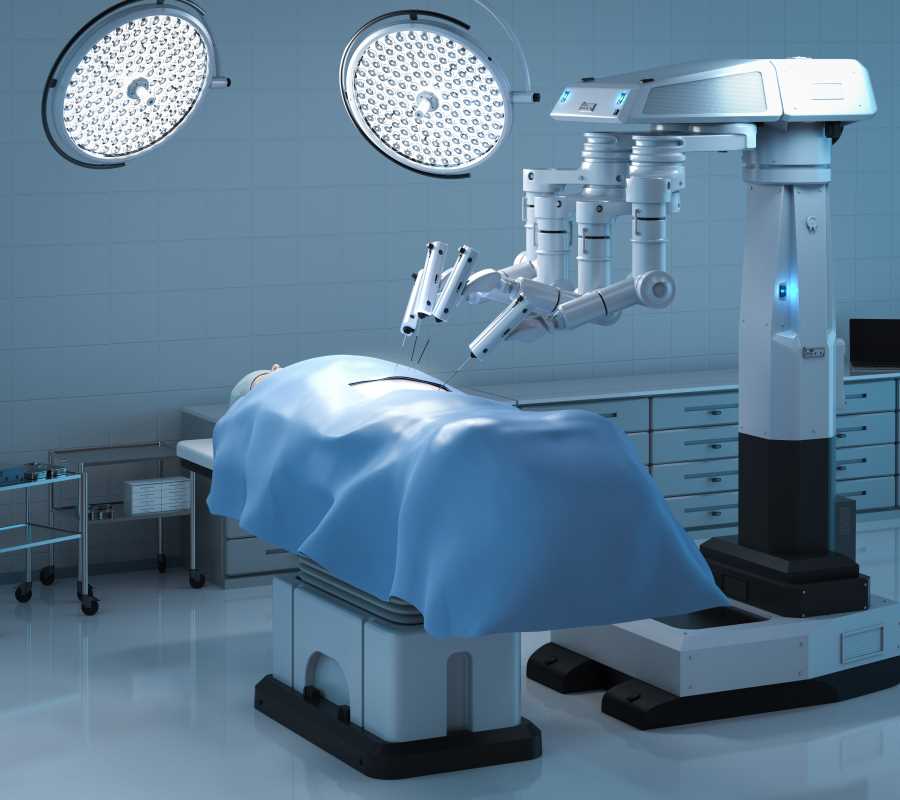Wearable diabetic monitors are transforming the way people keep up with their glucose levels, offering stress-free and continuous tracking. These devices use cutting-edge technology to provide detailed glucose data without the constant hassle of finger pricks. You can track trends, manage alerts, set medication reminders, and even avoid unexpected blood sugar highs or lows. This real-time information makes it easier to make lifestyle adjustments to gain better control over your health. Here’s a closer look at these innovative tools and why they’re revolutionizing diabetes management.
Freestyle Libre
Freestyle Libre is one of the most user-friendly wearable monitors available. A small disc-shaped sensor is placed on the upper arm, staying secure for up to 14 days. The sensor automatically collects glucose data in real time, which users access by scanning the sensor with a smartphone app or reader.
Pros:
- Easy to use, no fingerstick calibration needed.
- Sensor lasts up to 14 days.
- Smartphone compatibility for real-time updates and trend analysis.
- Water-resistant design suitable for showers and light swimming.
Cons:
- Requires manual scanning of the sensor for glucose readings.
- Lacks customizable alerts for auto-notification of highs and lows.
- Might not offer the same connectivity options as other wearable CGMs.
The comfortable design makes Freestyle Libre a convenient option for active individuals. This monitor is particularly helpful for those new to continuous glucose monitoring (CGM) and anyone aiming to reduce the inconvenience of traditional methods.
Dexcom G Series
Dexcom has built a reputation for precision and smart device compatibility. The Dexcom G Series, including the G6 and G7 models, provides continuous glucose readings delivered directly to a paired smartphone or smartwatch. A sensor is worn on either the abdomen or upper arm, collecting data throughout its lifespan, which typically lasts 10-14 days.
Pros:
- Provides real-time, continuous updates to smartphones and smartwatches.
- Factory calibration eliminates the need for manual testing.
- Highly accurate readings with customizable alerts for high or low glucose levels.
- Excellent for tech-savvy users due to its connectivity with health apps.
Cons:
- Sensors need replacement every 10-14 days.
- Costs can be higher than other available options.
- Extensive features may be complicated for beginners.
Dexcom monitors excel in connectivity. Both Apple and Android devices are supported, and many models sync with fitness apps and other health tools. These integrations give tech enthusiasts the ability to stay connected and manage their health with tons of convenience.
Eversense CGM
Eversense offers a unique setup compared to other monitors. This system uses an implantable glucose sensor inserted under the skin by a healthcare professional. The implant lasts up to six months, reducing the need to replace sensors frequently. An external transmitter placed on the skin communicates with a smartphone app, providing real-time glucose readings.
Pros:
- Implantable sensor lasts up to six months, reducing hassle.
- Vibration alerts deliver notifications directly to the user without needing a phone.
- Consistent and reliable data over extended periods.
Cons:
- Requires minor outpatient procedures for sensor insertion and removal.
- Higher upfront cost compared to other wearable monitors.
- Not widely available everywhere, and may require more specialized care.
Longevity sets Eversense apart. Those who want a “set it and forget it” approach to tracking glucose will appreciate how the six-month lifespan simplifies their routine. For the busy individual, this design helps eliminate stress and provides consistent, high-quality data over months at a time.
Things to Consider Before Buying a Monitor
Choosing the right diabetic monitor isn’t about picking the most popular model. Each person has unique needs, and there are a few factors to keep in mind before making your decision.
Accuracy
Some monitors are designed to provide ultra-precise readings, and others are more basic. If accurate results are essential for managing conditions like type 1 diabetes, consider monitors like the Dexcom G Series that excel in precision.
Cost
Wearable diabetic monitors can be expensive, especially if not covered by insurance. Beyond the upfront cost of the device, factor in recurring expenses like sensor replacements or professional fees for implantable devices (in the case of Eversense).
Lifestyle Needs
Active users may prefer lightweight, water-resistant designs like the Freestyle Libre that can be worn during workouts or swimming. Those who don’t want to worry about frequent replacements might find Eversense’s long-term implantable design more appealing.
Alerts and Customization
If you want warnings about blood sugar swings, look for models with real-time alerts. Devices like the Dexcom G Series offer customizable notifications that sync with phones or smartwatches, providing peace of mind throughout the day.
Tech Compatibility
Consider the type of technology you already use. Some monitors pair seamlessly with smartphones, fitness trackers, and other health apps, but others require standalone devices. Make sure the monitor you choose fits with your tech preferences.
Sensor Longevity
Sensor wear time ranges from 10 days to six months. Longer wear times, like Eversense’s six-month sensor, may be more convenient for those seeking a low-maintenance option. Keep in mind that shorter wear times can mean easier replacements and less downtime if a sensor malfunctions.
 (Image via
(Image via





